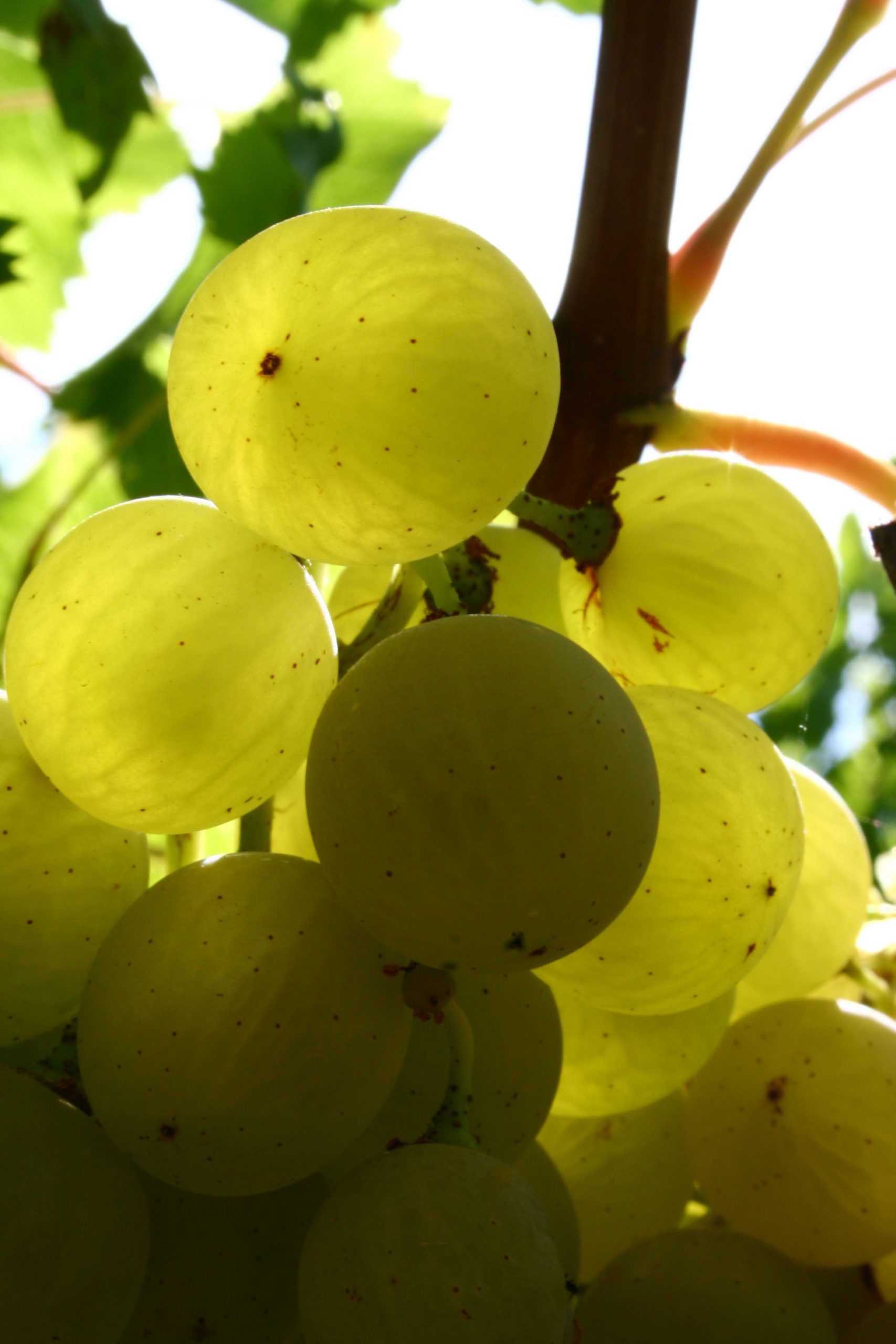There wasn’t a whole heap of positives to come out of the latter part of 2020, apart from the timely lifting of the alcohol restrictions imposed on an already limping wine industry.
That gave us a glimpse of a fightback to salvage what we could in sales with some good export orders, and then the rest of the international wine world banding together to #drinksouthafrican was a reminder that even though we are separated by mighty waters, we are in this together.
From a personal point of view, being in charge for my first harvest at the iconic Mulderbosch, the excitement ran high! The season culminating into harvest was upon us, and all the weeks of pre-harvest prep was about to be challenged. Have we done what we needed to? Did we think of everything? Are we ready for anything? The last few days of patience, waiting for the perfect picking windows to arrive, is torture. The silence before the storm.
But let’s take a step back
Winter 2020
I started my new gig in June, at the turn of the tide, seasonally speaking. Some vines were still in their winter livery – chocolate brown, red to orange/green colors filled the hills. There were some spats of rain before then, but the real winter was about to begin.
Winter rains were good, filling the sponge-like earth; the granite/sandstone derived soils gulping it up. Reserves were replenished – faith was restored. The drought of 2017 and earlier never far away in the back of one’s mind, ensures every little bit of grace like rain falling, soothes the tension that still lurks underneath the surface.
Spring 2020
The Winters chill lingered on late into September, with snowcapped mountains and cold snaps breaking the headway that the Spring heat wanted to make. Some varietals like Chardonnay and Sauvignon blanc were early out of the blocks (with the first heat in August), but they were deceived, and had to halt progress to wait for those last few weeks of cold in September to pass. This made ripening of especially the Chardonnay a game of patience.
Summer 2021
Harvest was upon us at last on the 2nd of February – about 10 days later than the previous year. We started harvest with a young block of Chenin blanc from one of our long-term growers. The grapes arrived at the cellar cool and crisp, and the cellar team was eager to get going. With the appropriate number of Instagram posts, we were on our way to producing “the best vintage ever”.
Picking windows were of cardinal importance for 2021 – mainly because it was my first vintage in charge and to get it right was a big focus. I spent most of my time in the different grower and Mulderbosch blocks just tasting for certain components and profiles.
During the heat of the harvest, we had some technical issues as always. You can’t expect equipment that works really hard two months of the year to always perform optimally. As Morné (Mulderbosch Winemaker) likes to mumble – with a smile at least – “that’s harvest!”
So with those sorted, we got to work taking in the biggest harvest in volume that Mulderbosch has seen in the last few years at least. The whites were impressive, the reds, even more so. What was not to like of 2021? Nothing!
Following a brief breakdown of my thoughts on the different varietals for 2021:
Chenin blanc: Some of our parcels were early, some slightly later. This was good as it will give a lot more texture to the final blended product.
Block W as a Single Vineyard Chenin blanc wine needs a separate mention, as it was picked slightly riper, adding a lot more depth of flavour and pallet intensity. It’s going to be insanely good!
Sauvignon blanc: We opted for a varying of picking dates for certain parcels. Mostly our more sandstone/shale derived soil blocks we picked earlier to preserve those flinty, mineral rich qualities. Whereas the granitic iron-ferroxide soil blocks were picked more mature for mouthfeel and texture, but also those very alluring riper tropical Stellenbosch Sauvie flavours.
Chardonnay: Producing a wine in style that should have the best of both worlds of Chablis and Meursault, we picked the 2 parcels with about a month of separation between them. Obviously the more Atlantic Ocean influenced site came in first.
Merlot: The wine showed impressive power for a Merlot, good backbone of grip, and some reduction. This will turn to a very lush and appealing component for the Faithful Hound blend.
Cabernet Sauvignon: We had 2 growers working on our Faithful Hound component for 2021, and the wine turned out amazingly! Everything on this wine screams out Cab! Very classic Stellenbosch, with every ounce of new world charm.
Cabernet franc: Two parcels make up this wine, both from Mulderbosch. It is safe to say that Cab franc is the backbone of the Faithful Hound blend, as it gives the leading direction with its length and presence on palate. A very serious wine.
Petit Verdot: This wine is so typical Petit V. Big on colour, big on spice, soft on tannin. Used discerningly, this wine will bring the best out of all the components with its suede character.
Malbec: Always the dark horse in the mix. We got it in on a good day! Big and bold. A “no holds barred” styled wine. Something that will be used in small amounts, but with big results.
– Henry Kotzé

